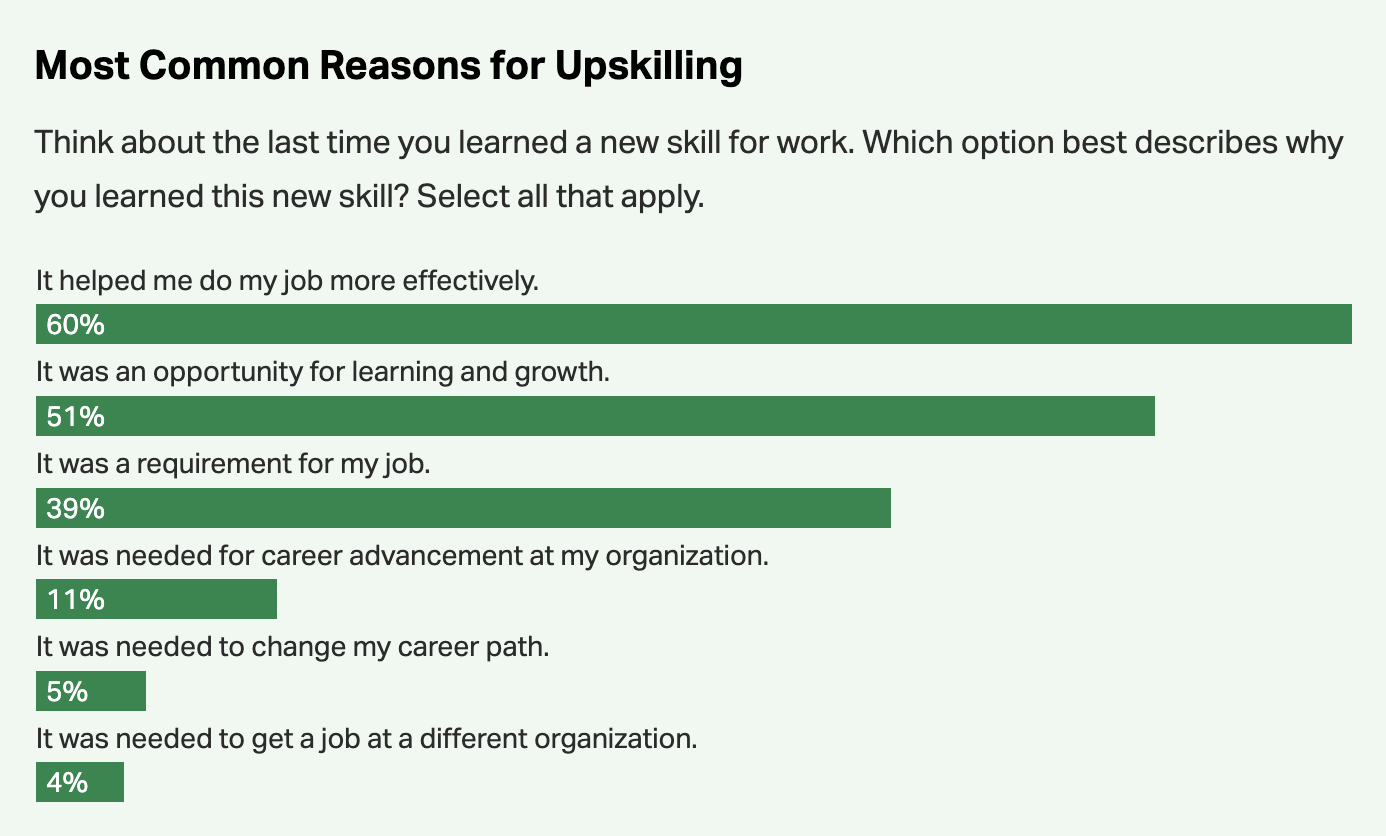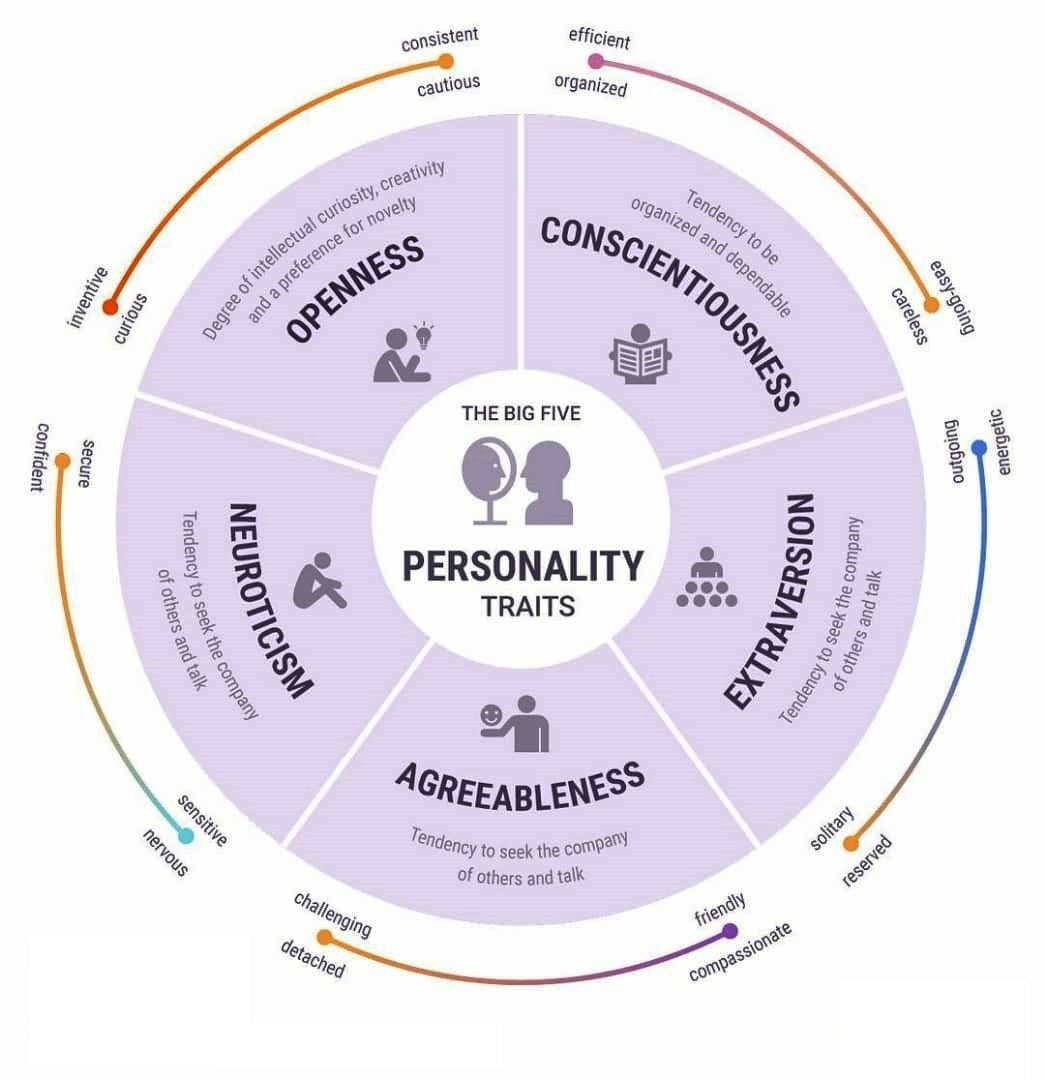Case study: The Tesla & Toyota partnership
Case study: The Tesla & Toyota partnership – The partnership between Tesla and Toyota stands as a case study in leveraging complementary strengths to drive innovation, disrupt industries, and highlight the challenges of long-term alignment between mismatched businesses. Let’s break down the collaboration across several dimensions: strategic rationale, outcomes, key challenges, and long-term impacts.
1. Strategic Rationale for the Partnership:
TOYOTA’S PERSPECTIVE: FUTURE-PROOFING THROUGH EV TECHNOLOGY
By 2010, Toyota was the leader in hybrid technology with the Prius, but the electric vehicle (EV) market was nascent and uncertain. Key drivers behind Toyota’s investment included:
– Technological Experimentation: Toyota lacked a pure EV offering but recognized the importance of diversifying beyond hybrids and exploring EVs.
– Access to Innovation: Partnering with Tesla allowed Toyota to avoid massive R&D costs while gaining access to Tesla’s cutting-edge battery and powertrain technology.
– Compliance with Regulations: California’s Zero Emission Vehicle (ZEV) mandates pressured automakers to introduce EVs or face penalties. The RAV4 EV allowed Toyota to meet these regulatory requirements without building a fully in-house solution.
TESLA’S PERSPECTIVE: CREDIBILITY AND GROWTH
In 2010, Tesla was a startup struggling with scaling its operations and proving itself as a viable automaker. For Tesla, Toyota brought:
– Capital Infusion: Toyota’s $50 million investment was a lifeline that allowed Tesla to fund operations and further develop its technology.
– Manufacturing Expertise: Tesla lacked mass-production capabilities, and Toyota’s operational excellence provided a framework for Tesla to learn scalable, efficient manufacturing.
– Credibility: Aligning with a global automotive giant validated Tesla as a serious player in the EV market. This partnership helped Tesla secure further investments and public trust.
2. Execution of the Partnership
KEY PROJECT: THE TOYOTA RAV4 EV
The centrepiece of the collaboration was the RAV4 EV, which married Toyota’s SUV design with Tesla’s EV technology. The project was built on:
– Tesla’s Contributions: Tesla provided the battery packs, electric motor, power electronics, and software controls—components that represented Tesla’s core technological edge.
– Toyota’s Role: Toyota handled the vehicle’s chassis design, assembly, and compliance with safety standards.
CHALLENGES IN EXECUTION
– Limited Scale: The RAV4 EV was produced in small quantities—only about 2,500 units between 2012 and 2014—restricting its market impact.
– Cultural Clash: Tesla’s agile, startup mindset clashed with Toyota’s structured, perfectionist approach to innovation and production. Toyota valued rigorous testing, while Tesla prioritized rapid iteration.
– Cost Barriers: The RAV4 EV’s price point of 49,800 USD was high for consumers, which limited demand, especially compared to Toyota’s hybrid offerings.
3. Why the Partnership Ended
By 2014, both companies had achieved short-term benefits, but their strategic priorities diverged:
TOYOTA’S PIVOT TO HYDROGEN FUEL CELLS
Toyota doubled down on hydrogen fuel cell technology, viewing it as the longer-term solution for zero-emission vehicles. This focus reduced Toyota’s interest in scaling its EV initiatives at the time.
TESLA’S RAPID GROWTH AND INDEPENDENCE
Tesla’s success with the Model S allowed it to scale operations independently. By 2014:
– Tesla’s stock price had surged, making it less reliant on external partnerships.
– Tesla had established its Gigafactory vision to produce battery packs at scale, reducing the need for external collaborators.
PROFIT-DRIVEN EXIT
Toyota sold its shares in Tesla for a reported $738 million profit—a substantial return on its initial $50 million investment. While the partnership ended, Toyota’s financial gain underscored the strategic value of the collaboration.
4. Key Lessons from the Tesla-Toyota Partnership
a. PARTNERSHIPS CAN BE SHORT BUT STRATEGIC
The partnership demonstrated that even short-term collaborations can deliver immense value. Toyota gained a foothold in EVs, while Tesla benefited from capital, credibility, and expertise.
b. CULTURAL ALIGNMENT MATTERS
The cultural differences between Tesla (a disruptive startup) and Toyota (a risk-averse giant) were a challenge. Partnerships succeed when both parties share a common working style or can effectively bridge these differences.
c. LEGACY COMPANIES CAN LEVERAGE STARTUPS
For legacy corporations like Toyota, partnering with startups offers a low-risk, high-reward way to innovate. Startups, in turn, gain resources, market access, and credibility.
d. LONG-TERM ALIGNMENT ISN’T ALWAYS NECESSARY
The diverging priorities of Toyota and Tesla highlight that partnerships can achieve mutual goals without requiring long-term alignment. Partnerships should be evaluated on their ability to solve immediate, strategic challenges.
5. Long-Term Impacts of the Partnership
FOR TESLA
– Credibility: Tesla proved its technology’s viability, helping to establish trust with investors, partners, and consumers.
– Manufacturing Mastery: Lessons learned from Toyota influenced Tesla’s production processes, contributing to its eventual success with the Model 3 and Gigafactory operations.
– Growth Trajectory: The capital and momentum from the partnership allowed Tesla to scale, setting the stage for its dominance in the EV market.
FOR TOYOTA
– Innovation Insight: Toyota gained exposure to Tesla’s agile innovation processes and EV technology.
– Financial Return: Toyota’s $50 million investment turned into a $738 million profit, showcasing the financial upside of well-timed partnerships.
– Reassessment of EV Strategy: While Toyota initially focused on hydrogen fuel cells, the partnership highlighted the market potential of EVs. This eventually influenced Toyota’s renewed commitment to electric vehicles.
Conclusion
The Tesla-Toyota partnership exemplifies how collaborations between legacy companies and startups can drive significant mutual gains, even if short-lived. By combining Tesla’s innovation with Toyota’s operational expertise, both companies unlocked new opportunities while paving the way for the EV revolution.
While the partnership ultimately ended, its impact was far-reaching, proving that strategic alignment, even if temporary, can yield transformational outcomes.
Phil Hayes-st Clair







